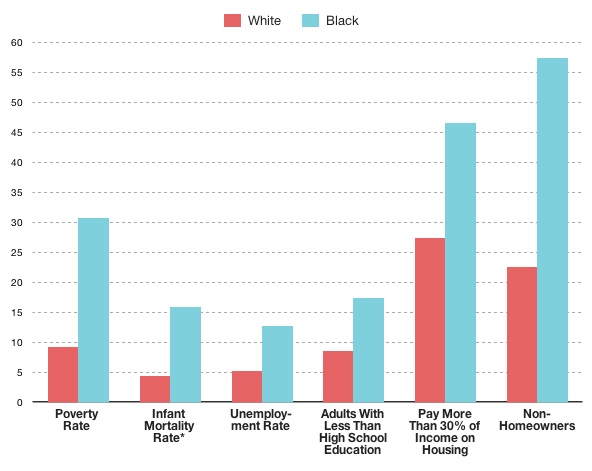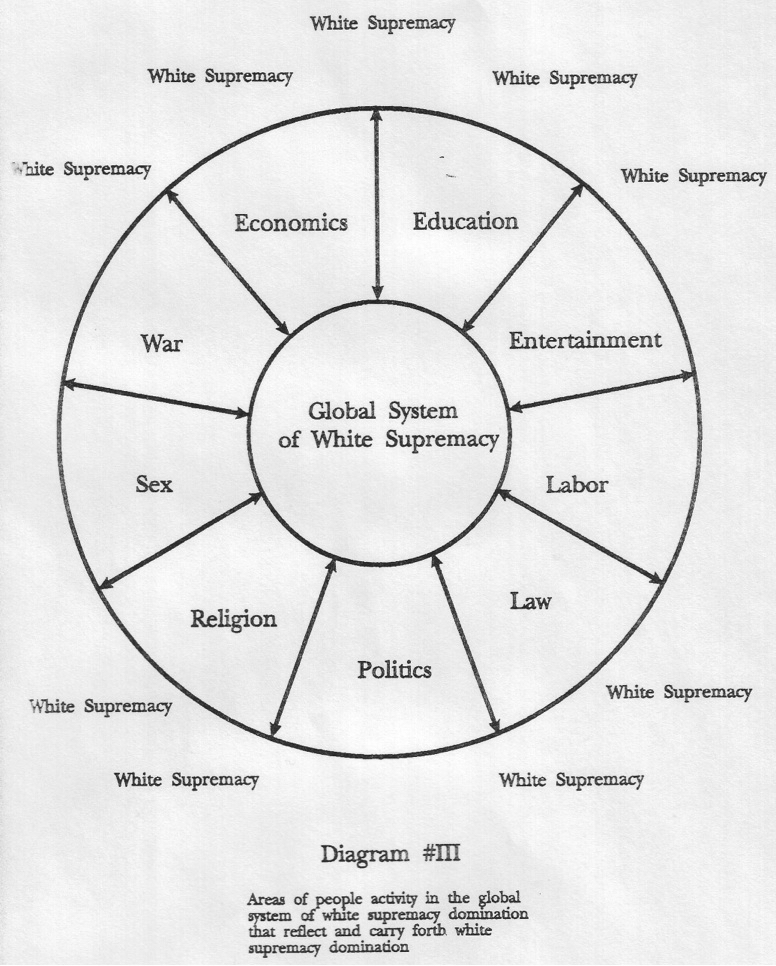Question: What will the Democratic Party do about the White Supremacy/Racism Problem in St. Louis? Answer: Nothing

Racist Suspect Leadership. In photo St. Louis Mayor, Francis Slay. The Democratic Party has dominated St. Louis city politics for decades. The city has not had a Republican mayor since 1949 and the last time a Republican was elected to another city-wide office was in the 1970s. [MORE]. He is the longest serving mayor of the city of St. Louis having been re-elected to a fourth term in April 2013. Jeremiah Wilson "Jay" Nixon, also a racist suspect is the current Governor of Missouri. He is a democrat. [MORE]

The democratic party here and everywhere has done next to nothing to address White Supremacy/Racism and all the problems it causes such as poverty, economic inequality, economic development, unemployment, drug addiction, infant mortality, AIDS, chronic welfare dependency, affordable housing, homelessness, servant education, the administration of justice, police brutality, incarceration and other symptoms of white supremacy/racism. Their message is go pray or sing a song and please register to vote.
New report Asks "Where do We Stand?" Answer = Below White Folks. New Report underscores racial inequities in St. Louis region in Context of White Over Black System. From [HERE] Too often in St. Louis, the difference between owning a home, holding a job or living beyond your first year of life depends upon which side of the racial divide you stand, according to a new study that details an old problem.
The report's authors at the East-West Gateway Council of Governments emphasized Wednesday that the research segregation and disparity was under way well before Ferguson rioting placed the region's race relations under a national spotlight. [Neely Fuller explains that "there is no way to integrate racism. Racism can either be practiced or not practiced."[MORE]
The "Where We Stand" report compares the St. Louis region with 34 other metropolitan statistical areas. It found that St. Louis was the sixth most segregated among those peer regions "and tends to have a wider gap between whites and blacks than many of the peer regions on a range of social, economic and health indicators."
Among the findings, based on 2012 measures:
• The median household income of a white family was $59,041, while a black family had a median income of $30,479.
• The percent of white families living in poverty was 9.2 percent, while 30.6 percent of black families lived in poverty.
• A black infant was 3.6 times more likely to die in the first year of life than a white infant.
• Blacks were more than twice as likely to have no health care coverage than whites.
"The story has not changed much over the past 20 years," said Mary Rocchio, lead author of the report and manager of policy research at East-West Gateway. "Consistently, we have seen that there are differences between the opportunities and outcomes between the ways blacks and whites experience life in our region as well as in the United States as a whole." The Gateway council is comprised of regional leaders from Missouri and Illinois. [MORE]
[MORE]

